
Albert I, a member of the House of Gorizia, ruled the counties of Gorizia (Görz) and Tyrol from 1258, jointly with his elder brother Meinhard IV. In 1271, the brothers divided their heritage and Albert became sole ruler of the Gorizia estates until his death. His descendants, known collectively as the Albertine line, ruled the County of Gorizia until the extinction of the House in 1500.
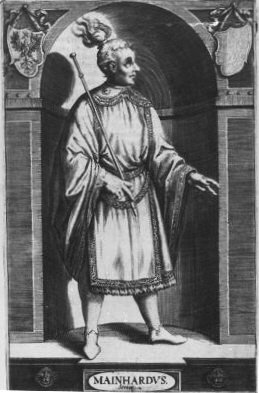
Meinhard I, a member of the House of Gorizia (Meinhardiner), was Count of Gorizia from 1231 and Count of Tyrol from 1253 until his death.
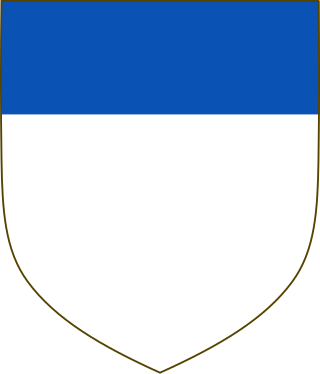
Boniface del Vasto was the margrave of Savona and Western Liguria from 1084 to c.1130. He was the son and successor of Otto and of Bertha, daughter of Ulric Manfred II of Turin. Boniface was a member of the Aleramici dynasty.
Ulric Manfred II or Manfred Ulric was the count of Turin and marquis of Susa in the early 11th century. He was the last male margrave from the Arduinid dynasty. Ulric Manfred's daughter, Adelaide, inherited the majority of his property. Through marriage to Adelaide, Otto of Savoy, a younger son of Count Humbert I of Savoy became margrave of Turin. Their descendants would later comprise the House of Savoy who ruled Sardinia and Italy.

Adelaide of Turin was the countess of part of the March of Ivrea and the marchioness of Turin in Northwestern Italy from 1034 to her death. She was the last of the Arduinici. She is sometimes compared to her second cousin and close contemporary, Matilda of Tuscany.

The Marchof Carniola was a southeastern state of the Holy Roman Empire in the High Middle Ages, the predecessor of the Duchy of Carniola. It corresponded roughly to the central Carniolan region of present-day Slovenia. At the time of its creation, the march served as a frontier defense against the Kingdoms of Hungary and Croatia.
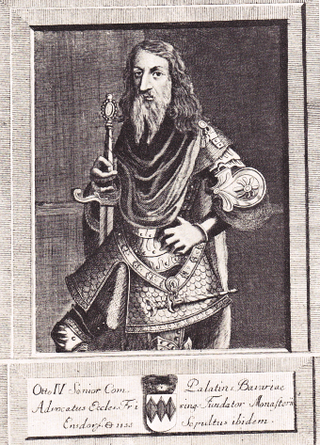
Otto V, Count of Wittelsbach, also called Otto IV, Count of Scheyern, was the second son of Eckhard I, Count of Scheyern and Richardis of Carniola and Istria. Otto named himself Otto of Wittelsbach, after Wittelsbach Castle near Aichach. He served Henry V, Holy Roman Emperor, in his first Italian Expedition in 1110–1111. Emperor Henry V already addressed him as Otto Count of "Witlinesbac" in a document in 1115. From 1120 onwards, he was Count palatine of Bavaria.
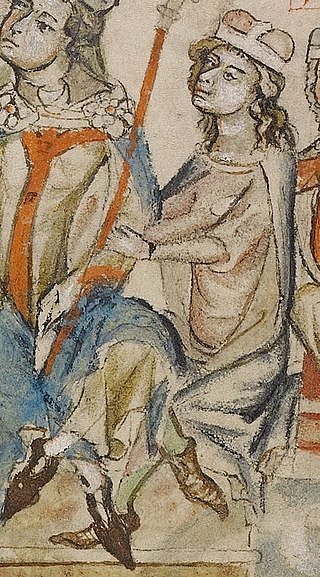
Otto I, a member of the House of Andechs, was Duke of Merania from 1204 until his death. He was also Count of Burgundy from 1208 to 1231, by his marriage to Countess Beatrice II, and Margrave of Istria and Carniola from 1228 until his death.
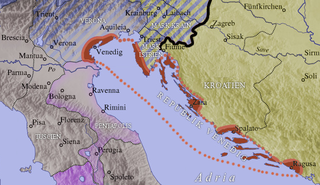
The March of Istria was originally a Carolingian frontier march covering the Istrian peninsula and surrounding territory conquered by Charlemagne's son Pepin of Italy in 789. After 1364, it was the Istrian province of the Habsburg monarchy, the Austrian Empire and Austria-Hungary.
Ulric I, also Odalric or Udalrich, Count of Weimar-Orlamünde, was margrave of Carniola from 1045 and of Istria from 1060 to his death.
Poppo II, Count of Weimar-Orlamünde, was margrave of Carniola from 1070 and of Istria from 1096 to his death.
Engelbert II, a member of the House of Sponheim, was Margrave of Istria and Carniola from about 1103/07 until 1124. In 1123, he succeeded his elder brother Henry as Duke of Carinthia and Margrave of Verona which he held until his retirement in 1135.

The House of Andechs was a feudal line of German princes in the 12th and 13th centuries. The counts of Dießen-Andechs obtained territories in northern Dalmatia on the Adriatic seacoast, where they became Margraves of Istria and ultimately dukes of a short-lived imperial state named Merania from 1180 to 1248. They were also self-styled lords of Carniola.

Berthold III, a member of the Bavarian House of Andechs, was Margrave of Istria from 1173 until his death.
Sophia of Hungary, a member of the royal Árpád dynasty, was a Margravine of Istria and Carniola from about 1062 until 1070, by her first marriage with Margrave Ulric I, as well as Duchess of Saxony from 1072 until her death, by her second marriage with Duke Magnus Billung.
Engelbert III, Count of Gorizia was a member of the Meinhardiner dynasty. He ruled the County of Gorizia from 1191 until his death.

Meinhard I, an ancestor of the noble House of Gorizia, was ruling count of Gorizia from 1122 until his death. He also held the offices of a Count palatine in the Duchy of Carinthia as well as Vogt governor of the Patriarchate of Aquileia and of St Peter Abbey in the March of Istria.
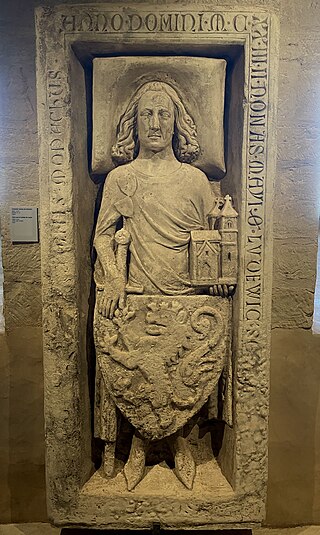
Louis the Springer, sometimes called Louis the Jumper or Louis the Leaper, was a German nobleman and count in Thuringia from the death of his father until his own death on 8 May 1123. Little is known about him, although he is mentioned in many legends. He was a prominent opponent of the Salian emperors Henry IV and Henry V during the Investiture Controversy.

The Duchy of Merania was a fiefdom of the Holy Roman Empire from 1152 until 1248. The dukes of Merania were recognised as princes of the Empire enjoying imperial immediacy at a time when these concepts were just coming into use to distinguish the highest ranks of imperial nobility.
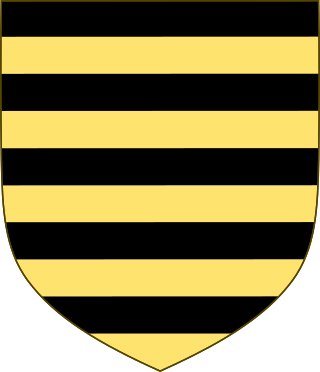
Siegfried I of Ballenstedt, was the son of Adalbert II of Ballenstedt, and a member of the House of Ascania. He was count palatine of the Rhineland (r.1095/7-1113), and count of Weimar-Orlamünde (r.1112-1113).













